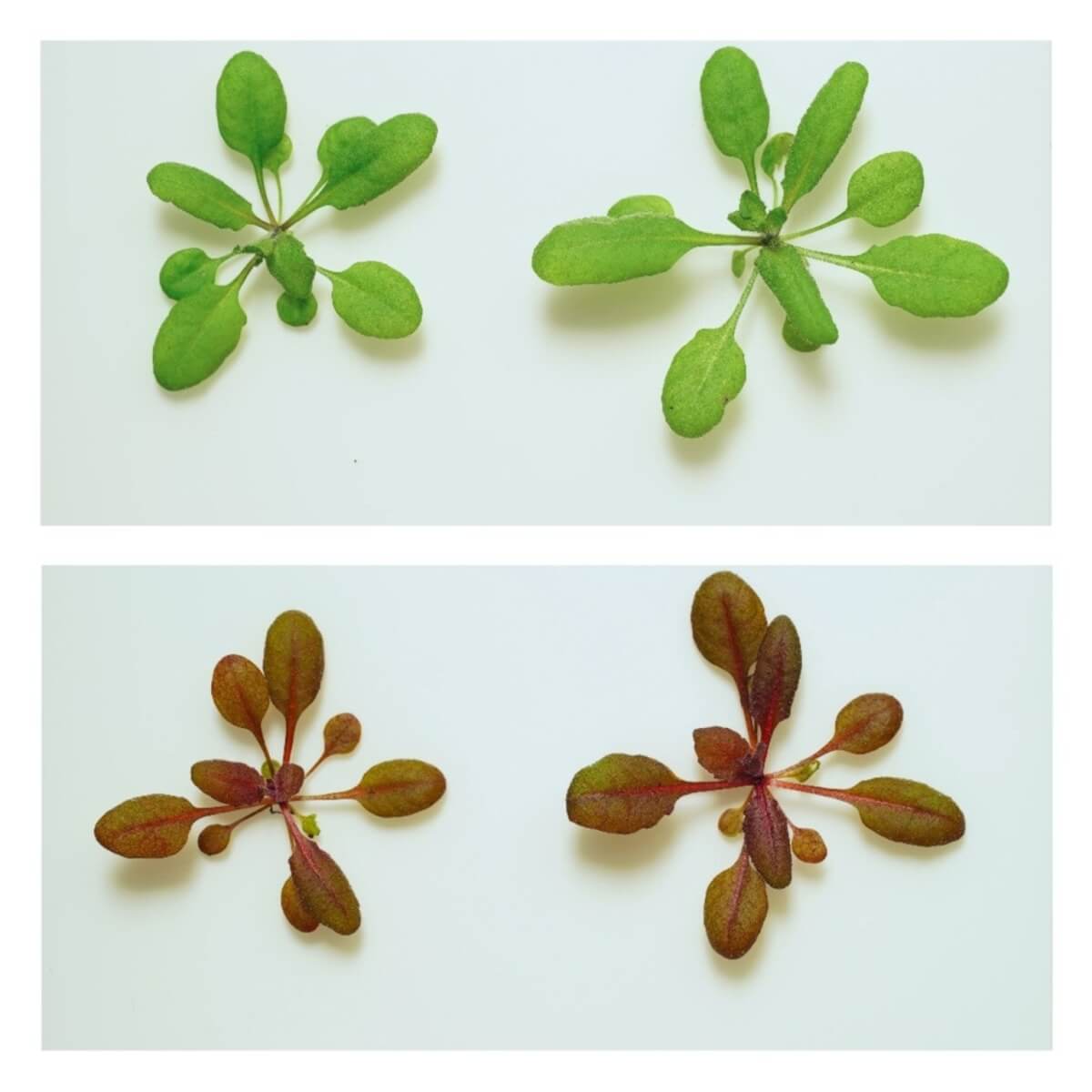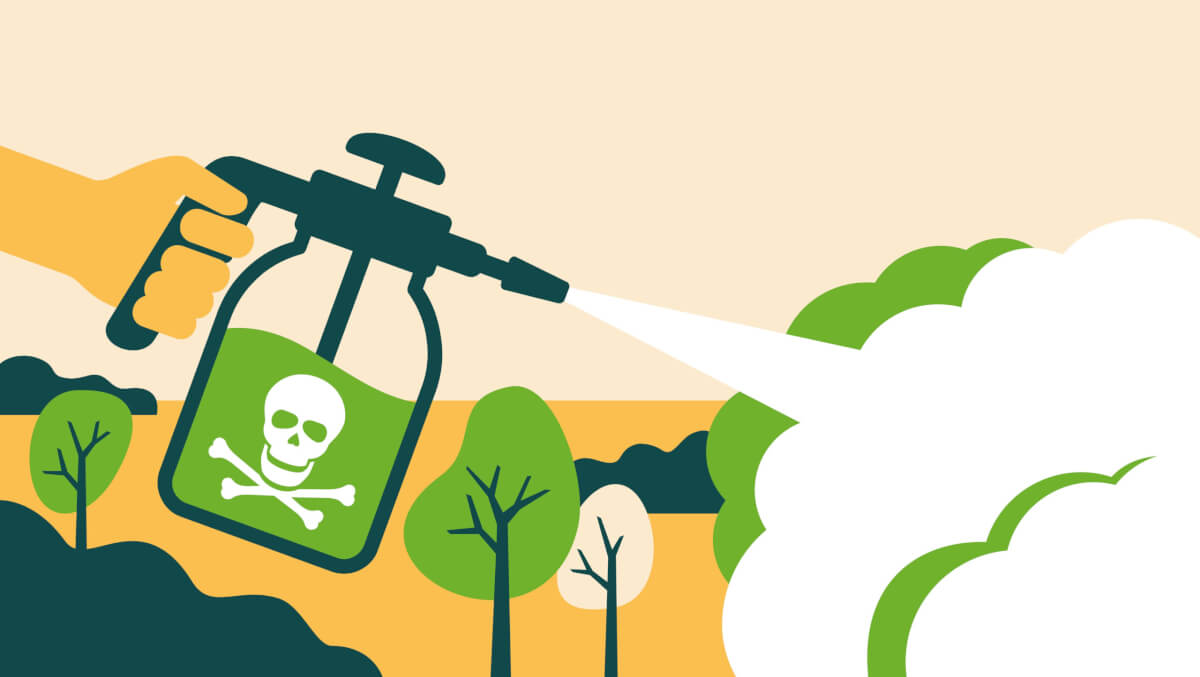RIVERSIDE, Calif. — Scientists have successfully engineered a plant that turns from its original green coloring to beet red when in the presence of a banned, toxic pesticide. While this breakthrough is still very much in its early stages, researchers from the University of California, Riverside say their work may one day lead to plants that can actively warn humans of nearby pollutants and pesticides.
Engineering this new color-shifting plant was no simple task. The UC Riverside team had to solve an engineering riddle: How can we enable a plant to sense and react to a chemical in the environment without damaging or taking away its ability to function as it usually would?
“The biggest piece here is we’ve created an environmental sensor without modifying the plant’s native metabolism,” says Ian Wheeldon, associate professor of chemical and environmental engineering at UCR, in a media release. “Previously, the biosensor component would have messed up the plant’s ability to grow toward light or stop using water when stressed. This won’t.”
The chemistry and engineering process that facilitated this groundbreaking work all began with a protein called abscisic acid, or ABA. That protein is known to help plants acclimate to stressful changes in their environment. For example, during a drought many plants produce ABA. Additional proteins called receptors, meanwhile, help the plant recognize and respond to ABA. These processes tell the plant to close the pores in its leaves and stems so as to mitigate water evaporation, making the plant less likely to wilt.

In 2022, the research team behind this new innovation demonstrated that ABA receptor proteins can be trained to bind to chemicals other than ABA. This time around, they’ve documented that once the receptors bind to this other chemical, the plant will turn beet red.
To make this demonstration possible researchers used azinphos-ethyl, a pesticide banned in many places due to its toxicity to humans.
“People we work with are trying to sense information about chemicals in the environment from a distance,” says Sean Cutler, UCR professor of plant cell biology. “If you had a field of these and they turned red, that would be pretty obvious, visually.”
As part of the same experiment, study authors also demonstrated it is possible to turn another living organism into a sensor: yeast. Researchers showed a response in yeast to two different chemicals at the same time. But, this is not yet possible in plants.
“It would be great if we could eventually design one plant to sense 100 banned pesticides, a one-stop shop,” Prof. Cutler comments. “The more you can stack, the better, especially for applications involving environmental health or defense. But there are limits to what we can engineer for these new sensing capacities at this time.”
Researchers stress that these newly engineered plants are not available commercially. That would require regulatory approvals and will likely take many years. These new technologies also harbor a number of issues that must be addressed before these plants can be found in farmers’ fields, or anywhere else in the real world.
Still, this initial step is promising.
“This paper demonstrated a visual response to one chemical in plants. We’re trying to be able to sense any chemical in an environment,” Prof. Cutler concludes. “Other pesticides but also drugs like birth control pills or Prozac in the water supply, things people are worried about being exposed to. These are applications within reach now.”
The study is published in Nature Chemical Biology.
